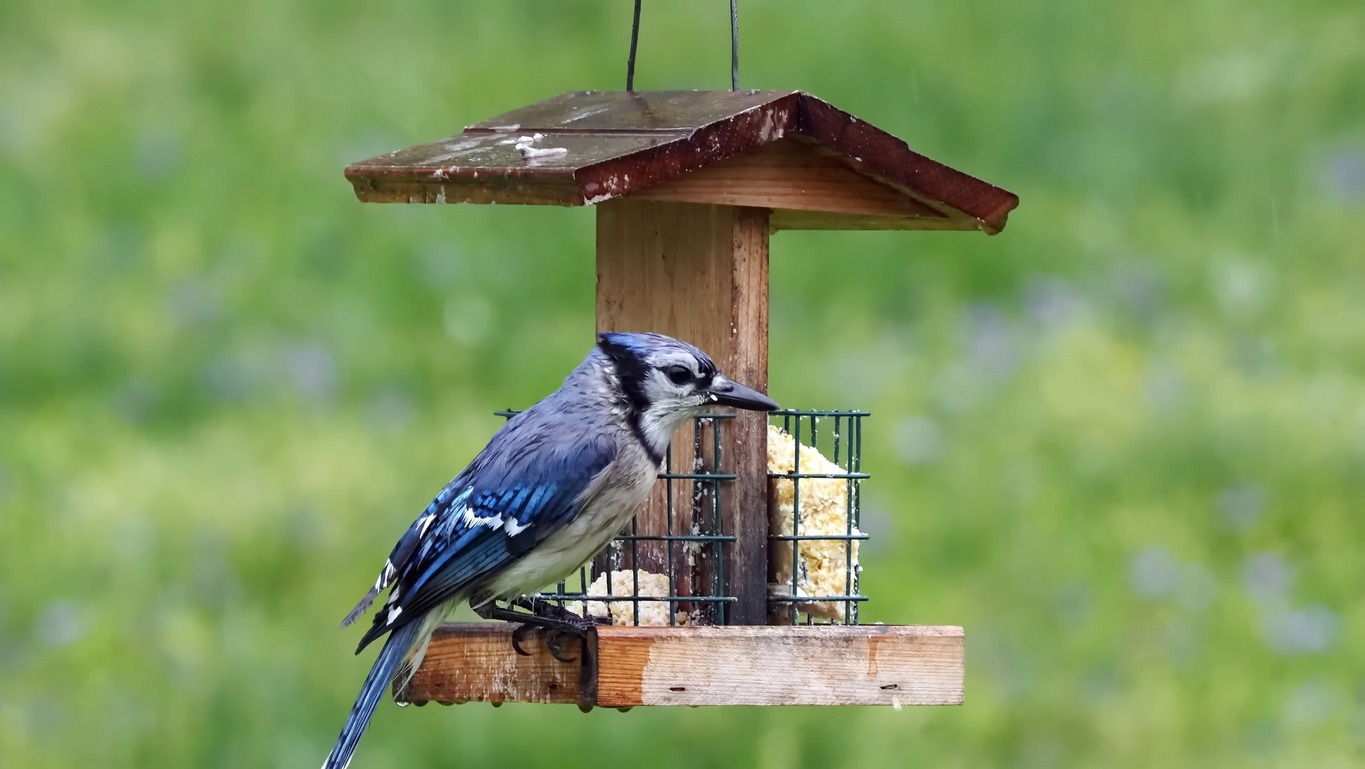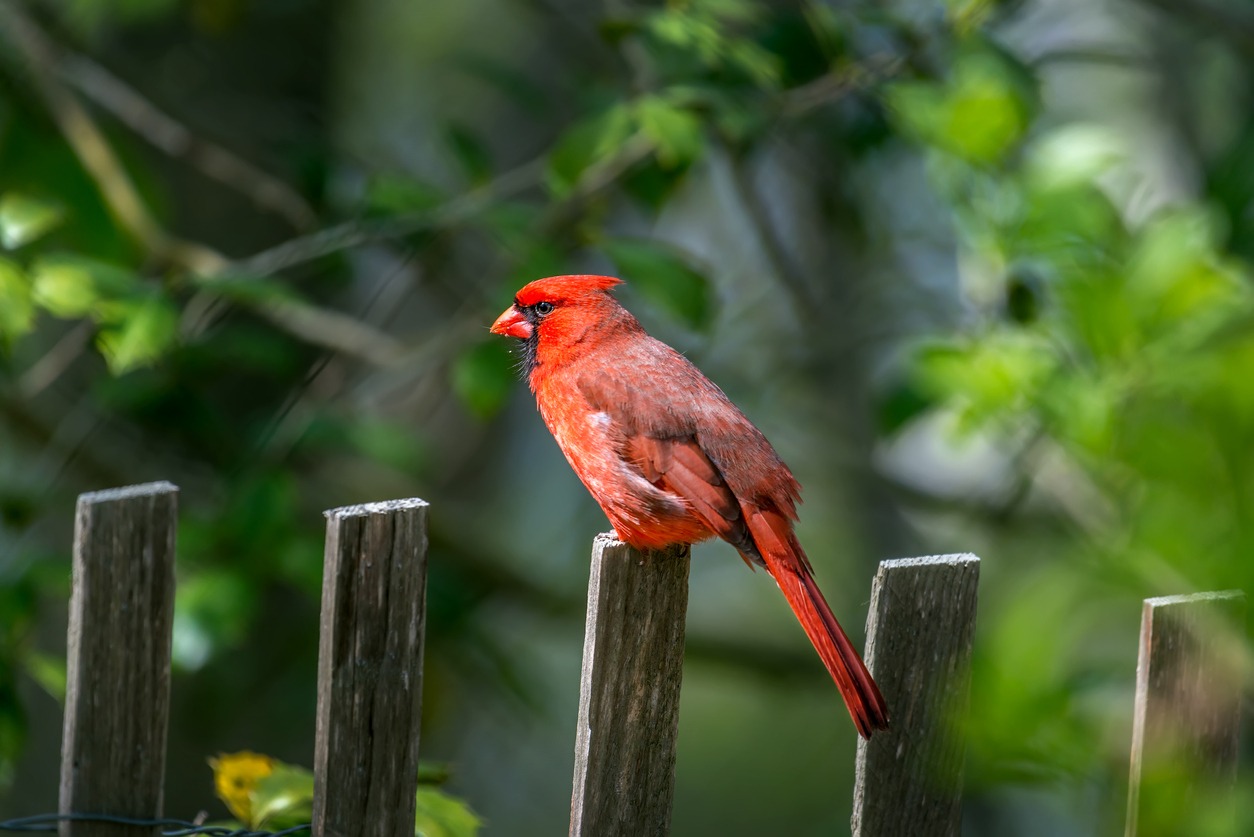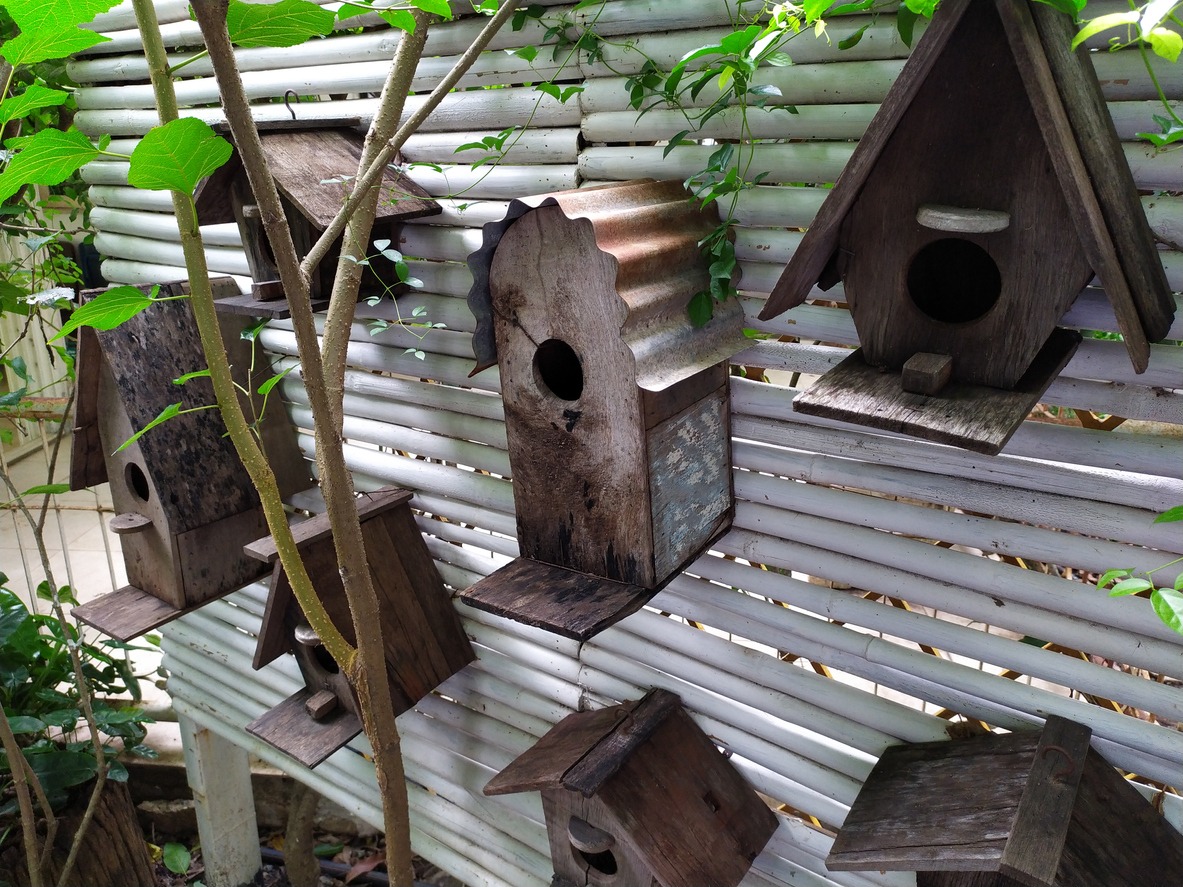A bird-friendly environment is crucial for the preservation and well-being of our avian friends. As human development continues to expand and encroach on natural habitats, it is important for us to take proactive steps to ensure that birds have a safe and suitable place to thrive.
By providing them with a welcoming and conducive environment, we not only contribute to their survival, but also enhance our own surroundings with the beauty and diversity of these creatures.
In this article, we will explore the key elements of creating a bird-friendly environment and offer practical tips and strategies for incorporating them into our own outdoor spaces.
Choosing the appropriate bird feeders and birdhouses
Just like humans, different bird species have different dietary preferences and nesting habits. By selecting the right feeders and houses, you can attract a diverse range of birds and provide them with a safe and welcoming habitat.
When it comes to bird feeders, it’s important to choose ones that cater to the specific bird species you want to attract. Different birds have different beak shapes and sizes, so selecting feeders with the appropriate feeding ports or perches can make a big difference.
For example, tube feeders with small feeding ports are perfect for attracting finches and other small birds. On the other hand, platform feeders with open spaces are great for larger birds like cardinals and jays.
In addition to the size and shape of the feeders, it’s also important to consider the material they are made from. Opting for eco-friendly feeders made from recycled materials not only helps reduce waste but also ensures that the feeders are durable and long-lasting. Look for feeders made from sustainable materials like recycled plastic or metal, as they are not only better for the environment but also resistant to weather damage.
Similarly, when choosing birdhouses, it’s important to consider the specific nesting habits of the bird species you want to attract. Different birds have different preferences when it comes to the size and shape of their nesting cavities. For instance, a small hole with a diameter of 1.5 inches is ideal for attracting chickadees and nuthatches, while larger birds like bluebirds prefer entry holes with a diameter of 1.5 to 2 inches.
When placing bird feeders and houses in your backyard, it’s important to take into account their visibility and accessibility to birds. Placing feeders near trees or shrubs can provide birds with a safe place to perch and observe their surroundings before approaching the feeder.
Make sure to place feeders and houses away from areas where predators, such as cats, can easily reach them. By creating a safe and inviting environment, you can ensure that birds feel comfortable and protected while visiting your backyard.
Planting native plants to attract birds
When it comes to bird conservation, planting native plants is of utmost importance. Many bird species rely on specific native plants for food, shelter, and nesting sites. By planting these plants in your yard or garden, you are providing a natural habitat that supports the local bird population.
Native plants offer a diverse range of food sources for birds. They produce nectar, seeds, berries, and fruits that birds depend on for sustenance. These plants have co-evolved with birds, ensuring a perfect match between the birds’ feeding habits and the plants’ reproductive strategies. For example, hummingbirds are attracted to native flowers that produce nectar, while finches prefer seed-bearing plants such as sunflowers.
Besides food, native plants also provide vital shelter for birds. Trees and shrubs offer nesting sites, protection from predators, and places to roost. Moreover, native plants provide the necessary cover for birds to hide from harsh weather conditions and seek refuge during migration.
To attract specific bird species, it is important to select the right native plants. Research the bird species you wish to attract and find out which plants they prefer. For instance, if you want to attract hummingbirds, consider planting native flowers such as bee balm, cardinal flower, or trumpet vine. If you aim to attract bluebirds, include native trees like oak or cherry, which provide both shelter and a food source with their acorns or fruits.
Providing water sources for birds
Birds need water for drinking, bathing, and even cooling down on hot days. By incorporating water sources into your backyard or garden, you can attract a wide variety of bird species and provide them with a vital resource.
The importance of water sources for birds cannot be overstated. Just like humans, birds need water to survive. It is essential for their hydration and overall health. Additionally, birds use water to groom their feathers, which is crucial for maintaining their insulation and flight capabilities. By providing water sources, you are not only helping birds survive but also promoting their well-being and vitality.
There are several types of water sources that you can offer to birds. The most common option is a birdbath, which is a shallow basin of water placed on a pedestal or directly on the ground.
Birdbaths come in various shapes and sizes, so you can choose one that fits your space and aesthetic preferences. Another option is a small pond or water feature, which can provide a more natural habitat for birds. These features can include rocks, plants, and even a small waterfall, creating a serene and inviting environment for birds.
When designing a bird-friendly water feature, it is essential to consider certain factors. Firstly, the water source should have shallow areas that allow birds to safely bathe and drink. The depth should not exceed a few inches to prevent accidents or drowning. Secondly, it is crucial to place the water source in an open area where birds can easily spot it and feel safe from predators.
Lastly, incorporating perches or rocks near the water source can provide birds with resting spots before and after bathing.
Maintaining and cleaning water sources for birds is vital to ensure their health and prevent the spread of diseases. It is recommended to change the water every few days to prevent the accumulation of bacteria or algae. Regularly scrubbing the birdbath or pond with a brush and mild detergent can help keep it clean. Avoid using harsh chemicals or detergents, as they can be harmful to birds.
Other ways to create a safe environment for birds
To create a truly bird-friendly environment, it’s important to minimize hazards and threats in your yard. Cats are a major threat to birds, so keeping them indoors or providing an enclosed outdoor space is crucial.
Using pesticides or insecticides in your yard can also be harmful to birds, as they can ingest contaminated insects or plants. Opt for natural pest control methods instead. Also, bird collisions with windows are a common cause of bird fatalities. Installing window decals or screens can help prevent these collisions and protect our birds.
Conclusion
Creating an environment for birds not only benefits the birds themselves, but also adds to the overall biodiversity. Implementing simple and sustainable practices can make a positive impact on the lives of birds and contribute to the preservation of their habitats.




